Planning a trip to Iceland and wondering what to expect? We got you covered on the things to know before visiting Iceland as we were lucky enough to get to spend 2 weeks driving the ring road in a motorhome exploring all of the amazing sights of Iceland. But there were a lot of things that we encountered that we wish we would have known about before our visit.
We’ve compiled all of the things to know before visiting Iceland to help you prepare for your upcoming Iceland adventure!
Enjoy!
Don’t forget to check out our web story: 16 Things to Know Before Visiting Iceland
Disclaimer: This post may contain affiliate links. If you make a purchase or booking through one of our links we may earn a small commission (don’t worry, it’s at no extra cost to you).
Things to Know Before Visiting Iceland
1. It’s Expensive, But Not as Bad as You Might Think
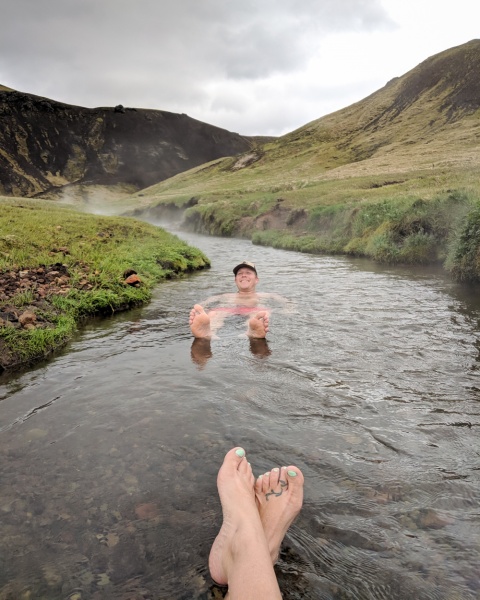
Prior to visiting, we had heard countless stories about Iceland being outrageously expensive. We talked to people who lived off peanut butter and jelly sandwiches and heard horror stories about the price of accommodations. So we were prepared to blow our normal budget.
The costs that we found to be the most exorbitant in Iceland were accommodations, transport, petrol, drinking, and dining out. We found accommodations around Reykjavik to be at least $100 USD per night, even for a shared bathroom. Campsites were much more reasonable as they were generally $10-15 USD per person per night.
We managed to save some money by grocery shopping at the discount stores, buying alcohol at the duty-free at the airport, and rarely eating out. We went out for soup in Reykjavik and paid $15 USD per bowl which seemed to be about the minimum spend for restaurants around town.
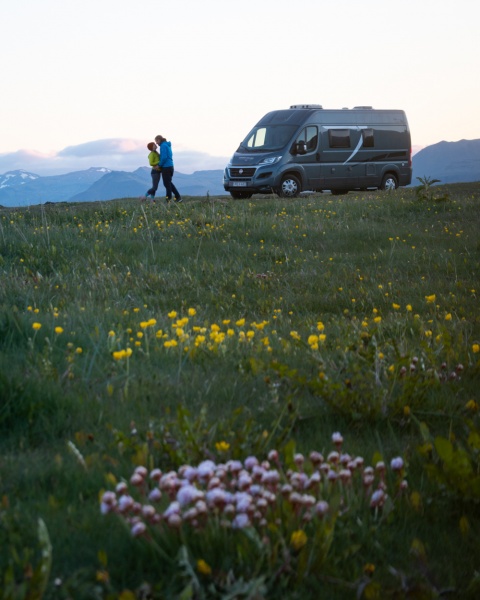
Also, we rented a motorhome during our time in Iceland which is expensive, but no more than you’d pay to rent in the US or Europe. Unleaded gas was about $7.50 USD per gallon so during our 2-week road trip we spent a total of $430 USD on petrol.
The taxi service in the country is outrageous so plan on spending about $100 USD if you need to take a taxi from the airport to Reykjavik. It’s much more affordable to book an airport transfer to Reykjavik.
2. You’ll Rarely Need Cash

The currency of Iceland is the Icelandic Krona (ISK) and at the time of writing (June of 2019), the exchange rate was 123.79 ISK to $1 USD. And while prices are always marked in ISK, you’ll rarely actually need to pay in cash. Pretty much every shop, restaurant, campsite, and gas station takes a credit card.
Download Google Pay or Apple Pay to easily pay with your phone!
3. You Don’t Need to Book Campsites in Advance
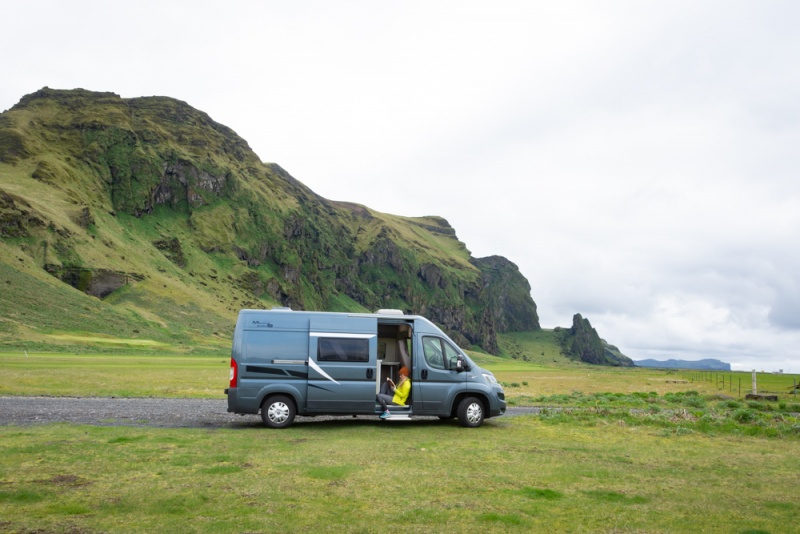
This is one of the great things to know before visiting Iceland. There are plenty of beautiful and well-equipped campsites all over the island where you can simply show up, pay the nightly fee, and grab a spot on the lawn. Even if you arrive when the reception desk is closed, you can simply find a spot and then pay in the morning. You don’t need to plan and book your campsites in advance unless you specifically want to.
One that you may want to consider purchasing in advance, however, is the Icelandic Camping Card. It’s good for 2 adults and up to 4 children and the price allows access to 40 campsites around Iceland for 28 nights. Campsites generally charge between 1,400 – 2,000 ISK per person ($11-16 USD), and the Icelandic Camping Card is only $177.80 USD. So if you’re planning to travel around Iceland for more than a week, it’s a good investment.
4. It’s Really Cold
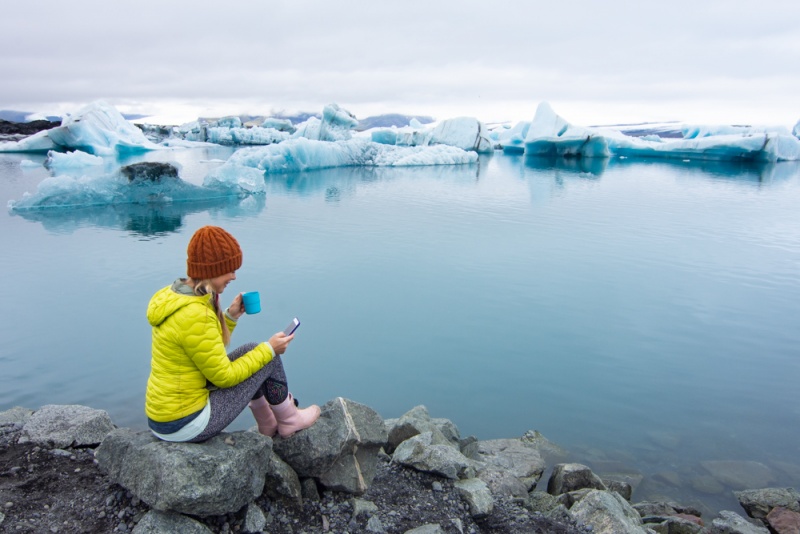
We visited Iceland at the end of May and temperatures were around 50°F every day. Average temperatures during the peak summer months of July and August rarely rise above 55°F. And average temperatures in the winter hover around freezing.
No matter what time of year you visit Iceland, you’re bound to be cold. Really, really cold. Bring plenty of warm clothes that layer easily. My daily outfit consisted of at least two pairs of pants, as many jackets as I could comfortably wear, a headband to cover my ears with a wool hat over the top, gloves, and two pairs of socks. And I was still unbearably cold every time I got out of the car.
Check out our handy Iceland packing list to make sure you’re prepared for your trip!
5. And Rainy
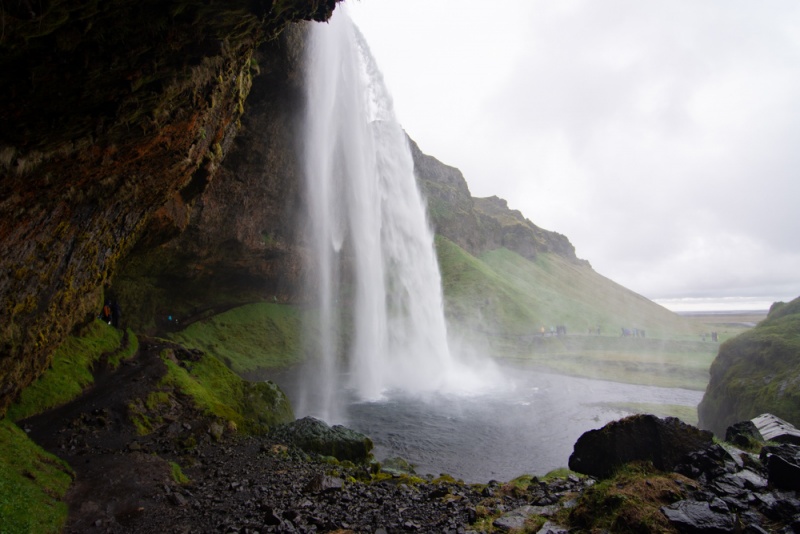
Not only is it really cold in Iceland, but it’s also very rainy. From May to November, it rains an average of at least 20 days out of the month in Reykjavik. And since most of the things to do around the island are outdoors, it’s not ideal to simply sit indoors and wait it out.
Be sure to check the forecast before you board the plane to see what drizzly situation awaits you. Pack a rain jacket, waterproof shoes or boots, and rain pants if you have them.
6. The Weather is Predictably Unpredictable
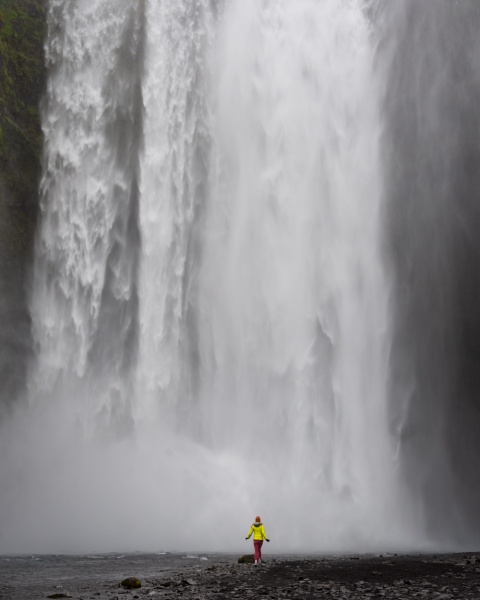
When we visited the western peninsula of Iceland, the wind conditions varied almost by the minute from five meters/second all the way up to 20 meters/second. And because it is not advisable to drive when the wind speeds are above 20, we were constantly checking the http://www.road.is/ website.
Iceland is known for having totally unpredictable weather and the repercussions can be dangerous if you’re not prepared. Sand storms caused by extreme wind can cause severe damage to your vehicle (and, of course, your body). So be sure to check weather and road conditions regularly during your trip and be careful when opening your car door when it’s windy!
7. It Doesn’t Get Dark During the Summer
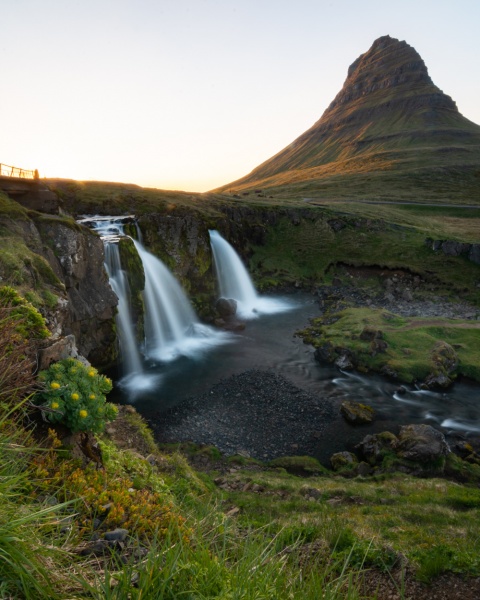
The summer in Iceland is the most popular time of year to visit because the weather is pleasant and the days are long. The summer solstice is June 21st and the sun sets just after midnight and rises again at around 3 am. But even during those three hours of sunset, it never really gets dark. So if you are a light sleeper and don’t have blackout curtains in your hotel or motorhome, you will probably have trouble sleeping. Bring an eye mask so that you can get some shuteye.
The benefit of these long summer days is that you can fit a lot of exploring in. During our two weeks in Iceland, we had leisurely mornings in our motorhome, sleeping in and then enjoying a cup (or 3) of coffee. We didn’t feel rushed to get going every day because we knew we’d be out and about until 10 pm or even later. We were able to fit so many activities into each day without feeling like we were chasing daylight.
The downside is trying to capture sunrise or sunset photos. When we visited at the end of May, we caught an 11 pm sunset and then were up again at 3 am to watch the sunrise. Enjoy the view and then take a nap!
8. Daylight Hours are Short in the Winter
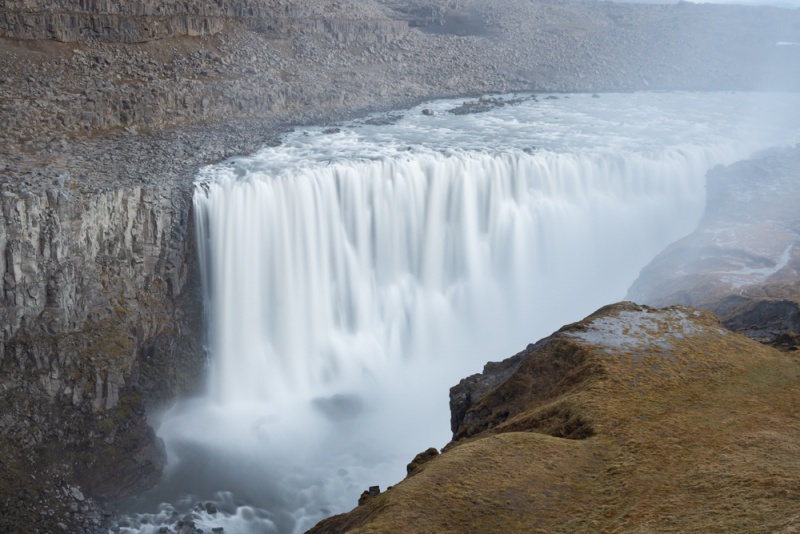
It doesn’t really get dark in the summer months in Iceland, and the opposite is true in the wintertime. During the peak winter solstice, the sun rises around 11 am and sets close to 3:30 pm. It means you’ll have approximately four hours of daylight every day. You’ll want to make the most of it and also figure out how to keep yourself entertained for the remaining 20 hours.
9. The Distance Around the Island is Quite Short
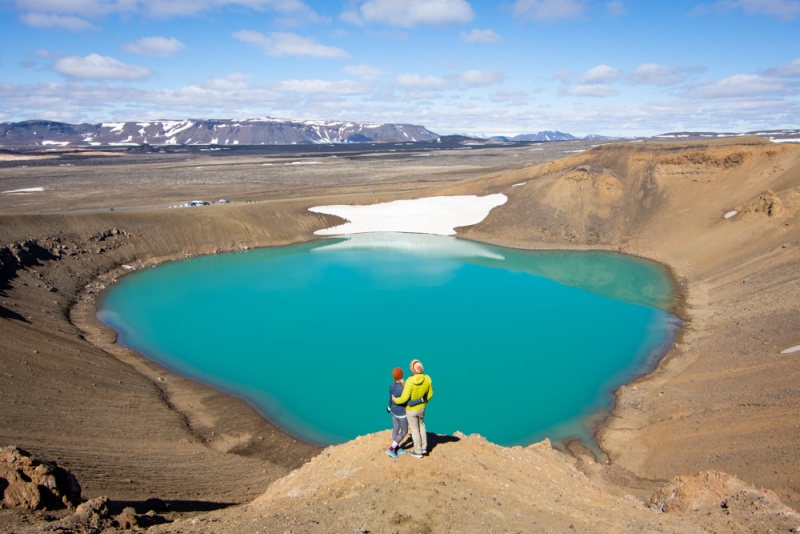
The entire Ring Road that runs around the perimeter of Iceland is only 828 miles (1,332 kilometers) in length. And the Golden Circle route is just 150 miles (243 kilometers) in length. So it’s possible to cover either, or both, in a reasonable amount of time.
Of course, we would highly recommend taking a full 2 weeks in Iceland to cover the Ring Road, and at least two days to see the highlights of the Golden Circle. There are so many amazing things to see and do in Iceland, it’d be a shame to rush during your visit!
10. Highways are Two-Lane
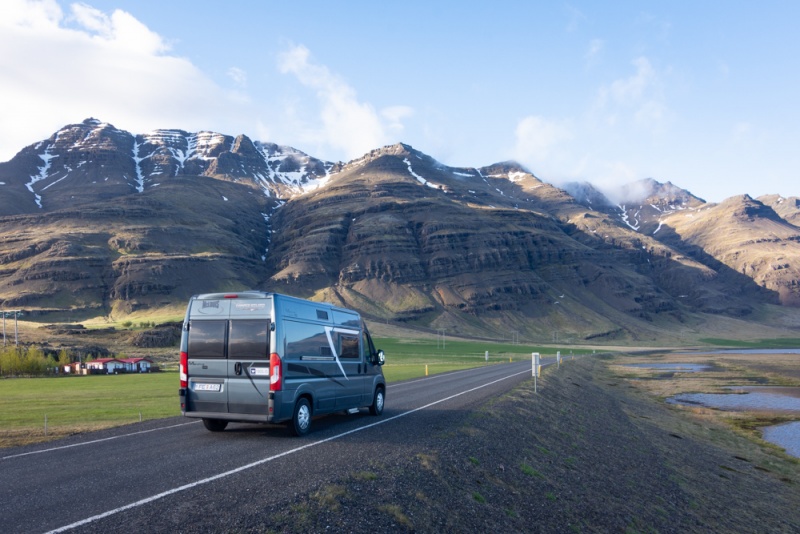
Most of the roads that you will be driving on in Iceland are paved, undivided highways where the speed limit is 90 kilometers/hour (55 miles/hour). Each direction has just one lane. And there is often very little shoulder on either side of the road in case you need to pull over or give an oncoming vehicle more room to pass.
So if you are driving a large motorhome, and need to pass another large motorhome, it can be rather unnerving as you’ll have very little room to move over. Unfortunately, we witnessed several vehicles that had gone off the road during our trip to Iceland, including one tourist bus.
So take it slow, try to get as far to one side as you can when passing large vehicles, and be cautious when approaching one-lane bridges.
11. Obey the Rules of the Road
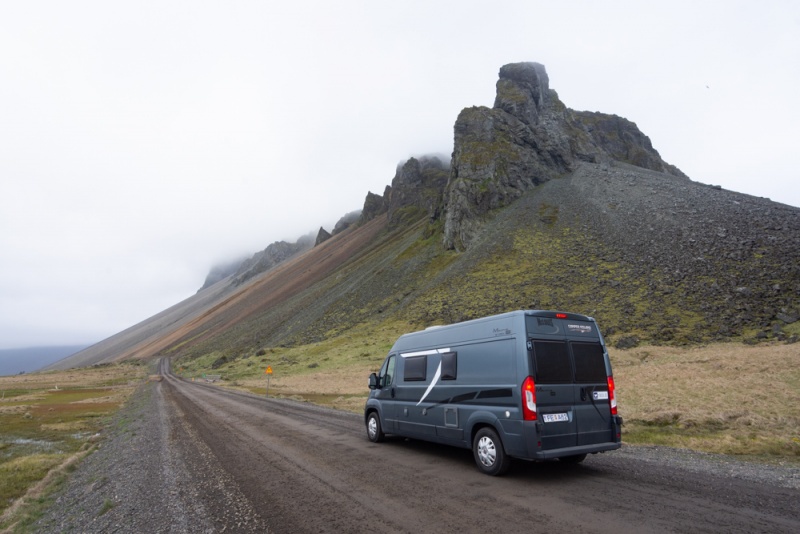
Icelanders take their road safety seriously and so should you. Keep your headlights on at all times, wear your seatbelt at all times (including passengers in the front and back seats), and stay off your cell phone (unless you have a hands-free device). You should also never drink and drive as you can be charged with a DUI even if your blood alcohol level is only .05%.
And finally, follow all speed limits around the country. As a general rule, the speed limit in cities is 30 miles/hour (50 km/hour). On highways, it is 55 miles/hour (90 km/hour), and on gravel roads, it is 50 miles/hour (80 km/hour).
12. Stay off the “F” Roads
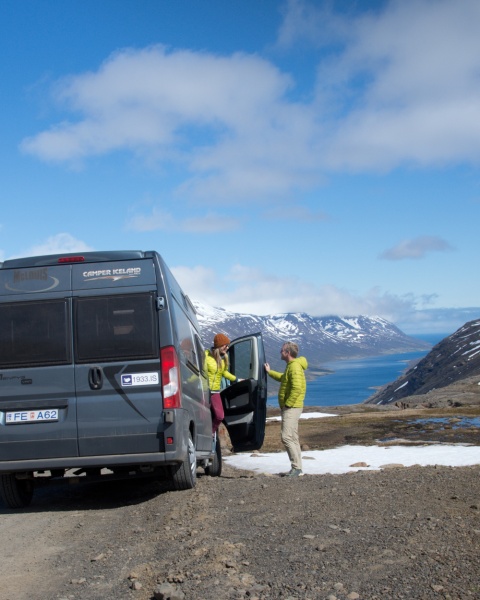
Unless you have a 4-wheel drive vehicle, that is. The “F” roads travel to the highlands of Iceland but they are steep, rocky, and/or muddy. They are generally open from the beginning of June through the end of September but you’ll be forbidden to drive on them with a 2-wheel drive car.
13. Taxis are Outrageous
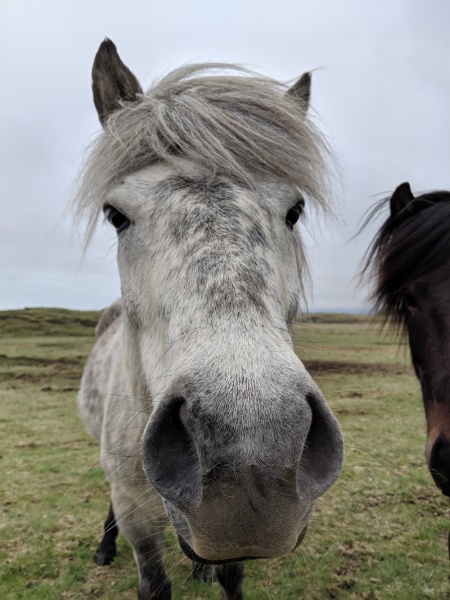
During our trip to Iceland, we rented a motorhome at a rental company that was about three miles from the airport. We were dreading getting a taxi because we’d heard how expensive they were, but we just couldn’t find a way around it. Our 3-mile taxi ride cost us $25 USD. So just imagine how much you’d pay to take a taxi from the airport into Reykjavik, more than 30 miles away.
Don’t worry, you can save money by booking a seat on the Flybus, the fast and comfortable airport shuttle.
14. You Can Drink the Tap Water
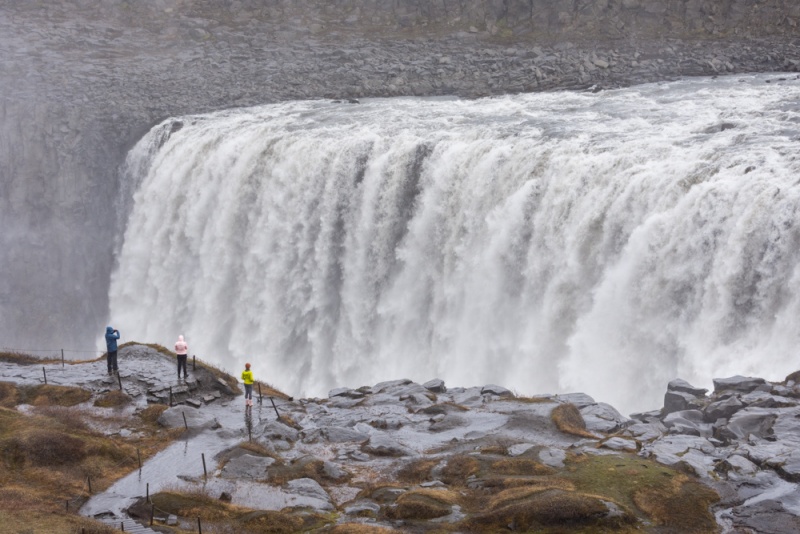
There’s no reason to ever buy bottled water during your trip to Iceland. The water from every facet is drinkable and delicious. Occasionally, you’ll come across water that has a strong sulfur odor, but even that is drinkable if you don’t mind the stink. So be sure to pack a reusable water bottle for your vacation in Iceland!
15. Icelanders are Serious About Cleanliness
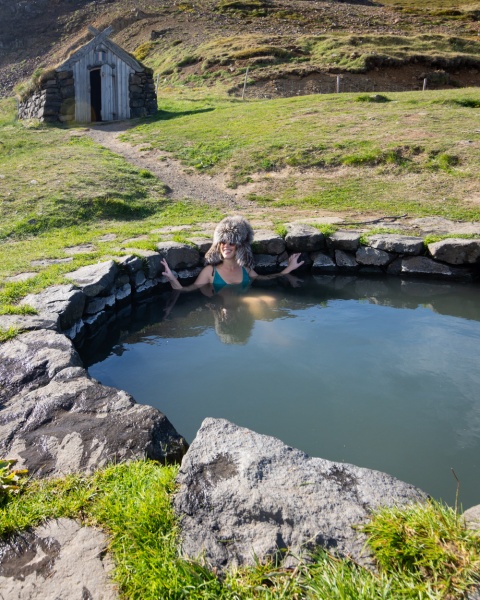
If you visit any of the commercialized hot pools in Iceland, you’ll be required to shower naked prior to entering the pool. They want to keep their pools clean of any debris from your nether region that may get trapped by a swimsuit. And there are often locker room attendants standing nearby to ensure that you do. But don’t worry, most of the locker rooms have private showers if you embarrass easily.
16. Tourism is Making an Impact
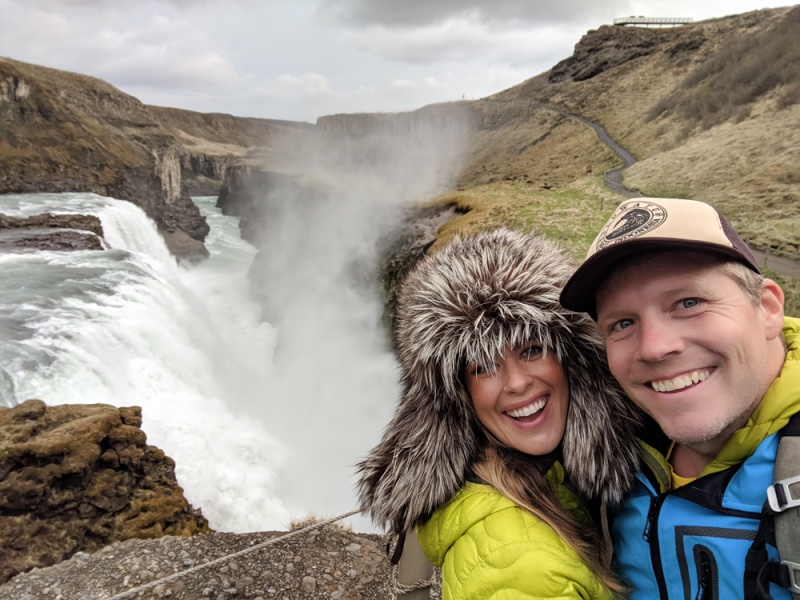
Sadly, tourism is making an impact on the landscape of Iceland. During your visit, you’ll probably notice that various trails are closed for rehabilitation and new walkways are being constructed to keep tourists from going off-trail. Freedom camping is no longer allowed as people were not picking up their trash.
Be respectful to Mother Nature during your trip to Iceland. Stay on designated trails, don’t cross the ropes, camp in designated campsites, and always pack out your trash. That way future generations can continue to enjoy the incredible landscape of the island of Iceland!
Are we missing anything? Let us know if there are any other things to know before visiting Iceland. Comment below so we can add it to the list!
Planning a trip to Iceland? Check out our favorite travel guides!
SHARE THIS ON PINTEREST
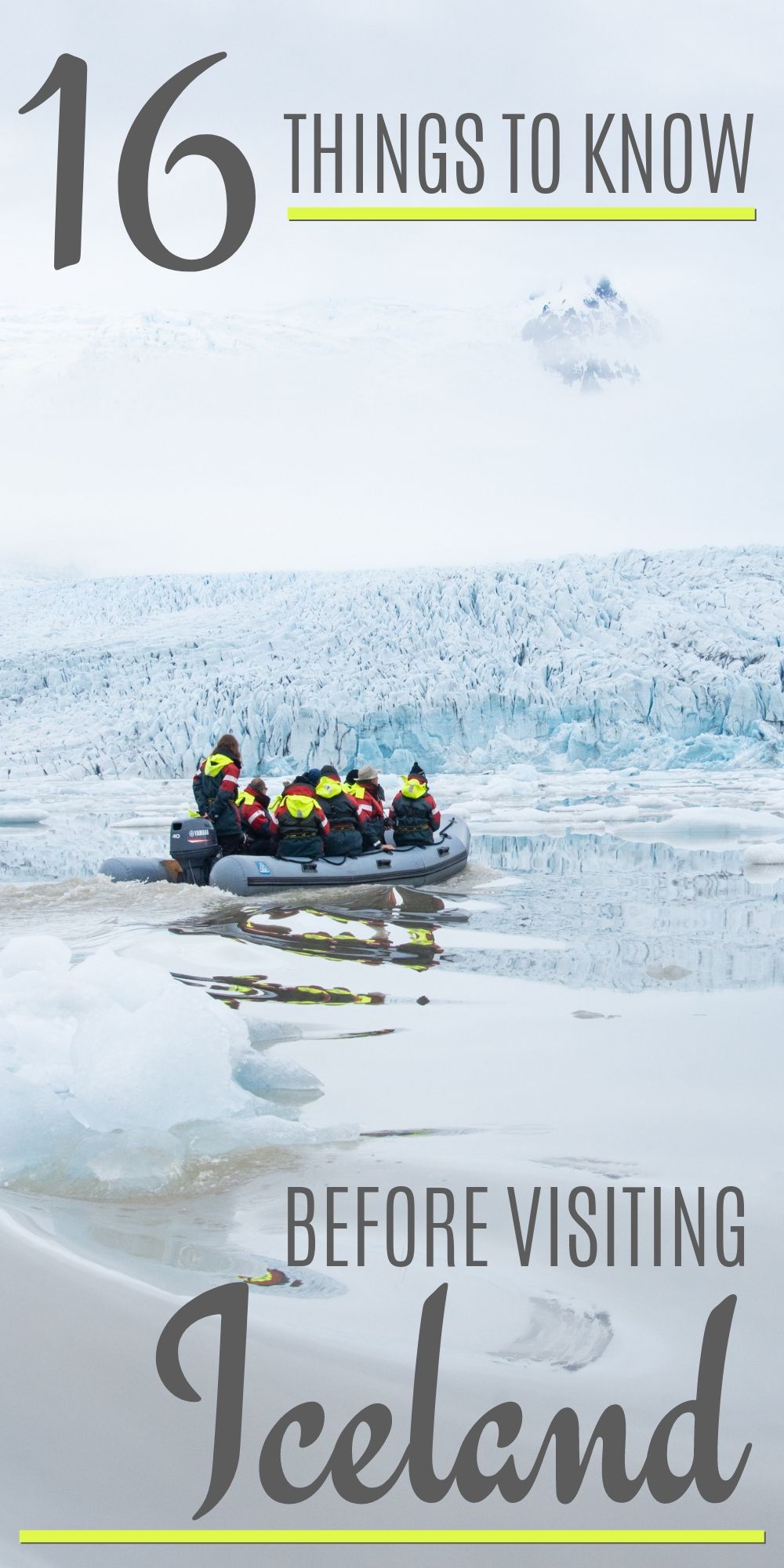

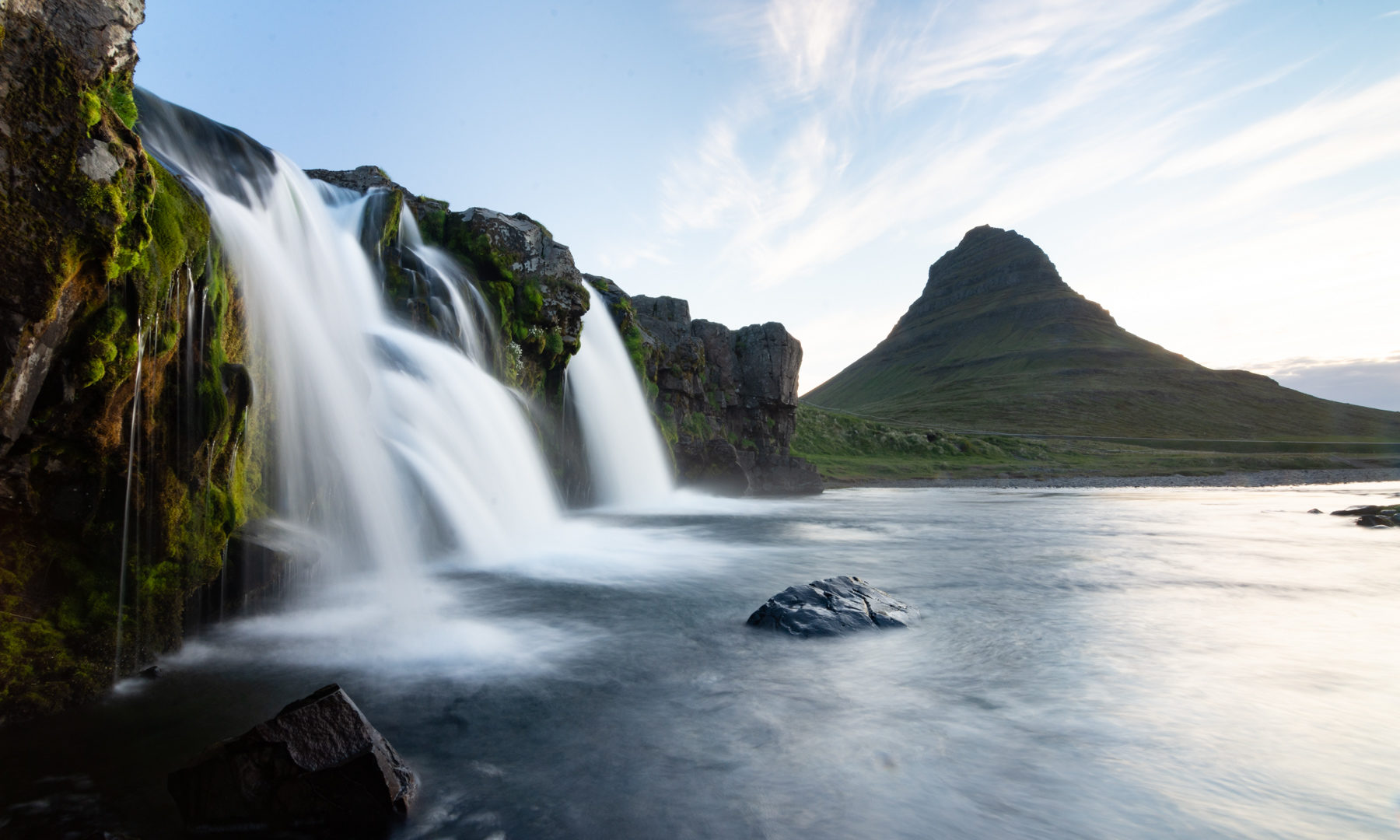
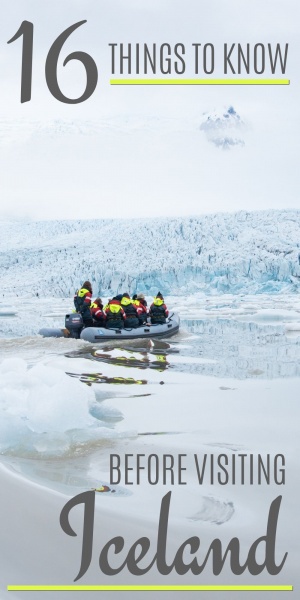

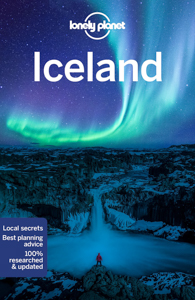
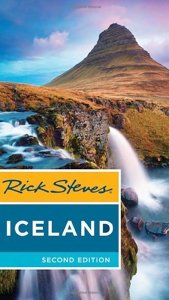
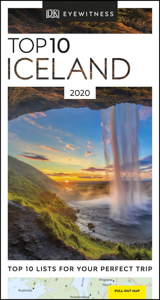
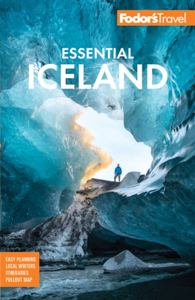

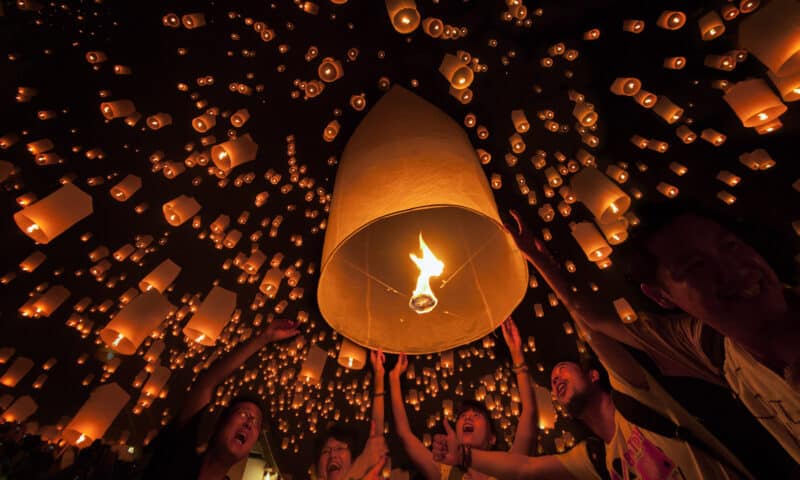
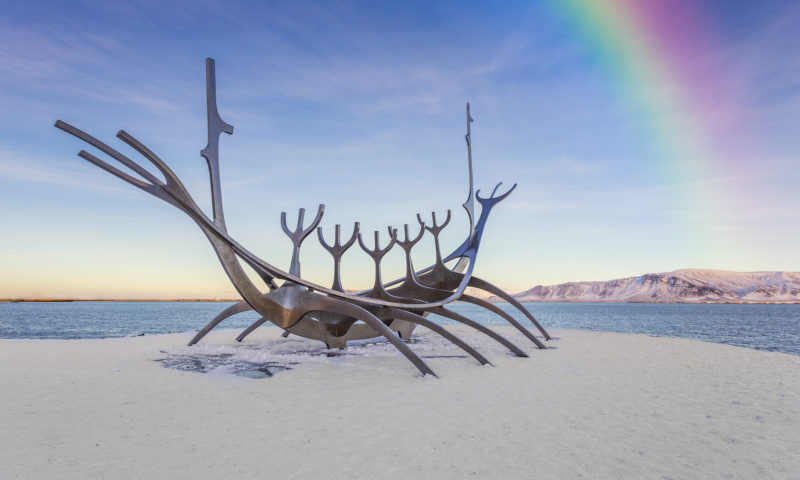
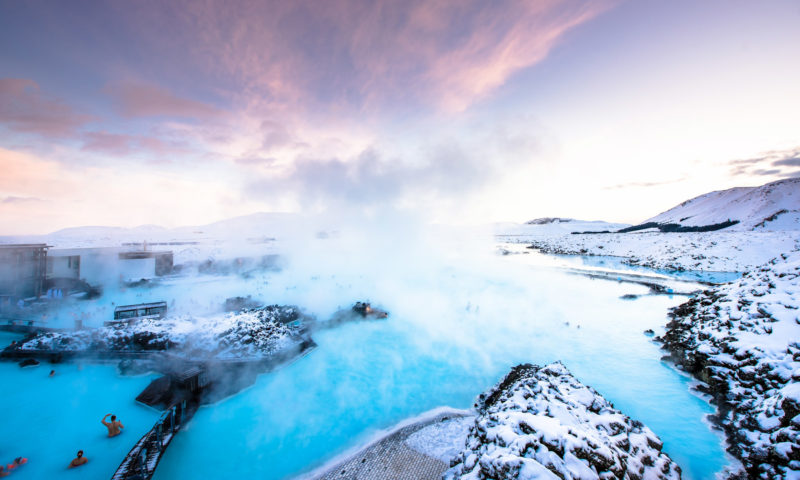
Get a few pairs of long wool underwear and you will be fine. Unless it gets really cold, I rarely layer more than 2 tops or 2 bottoms. Artificial fibres are NOT as warm as wool, despite what generally reliable outdoor stores or cooperatives claim
What type of charging plugs for our phone will we need? And what can we assume our rental van will be equipped with as far as charging options? We don’t plan to bring any other devices but for sure will want our phones for navigation and picture taking! Thanks for all the info!